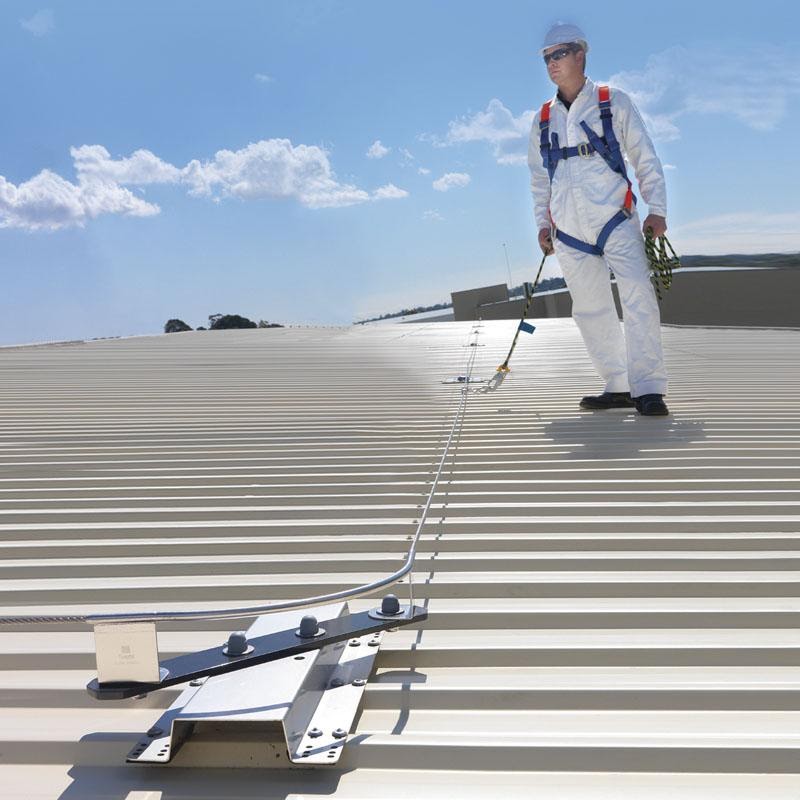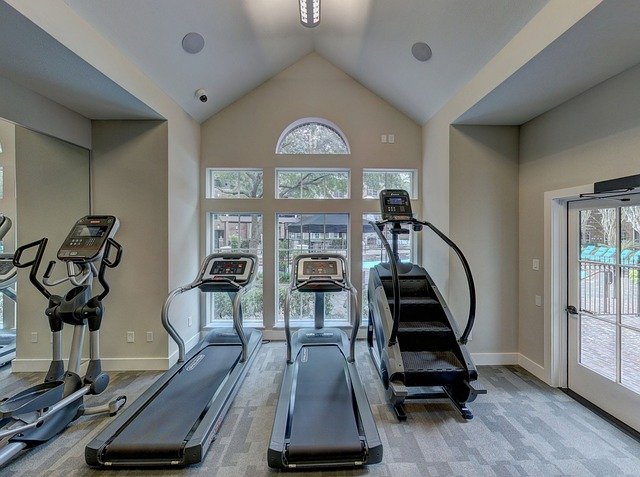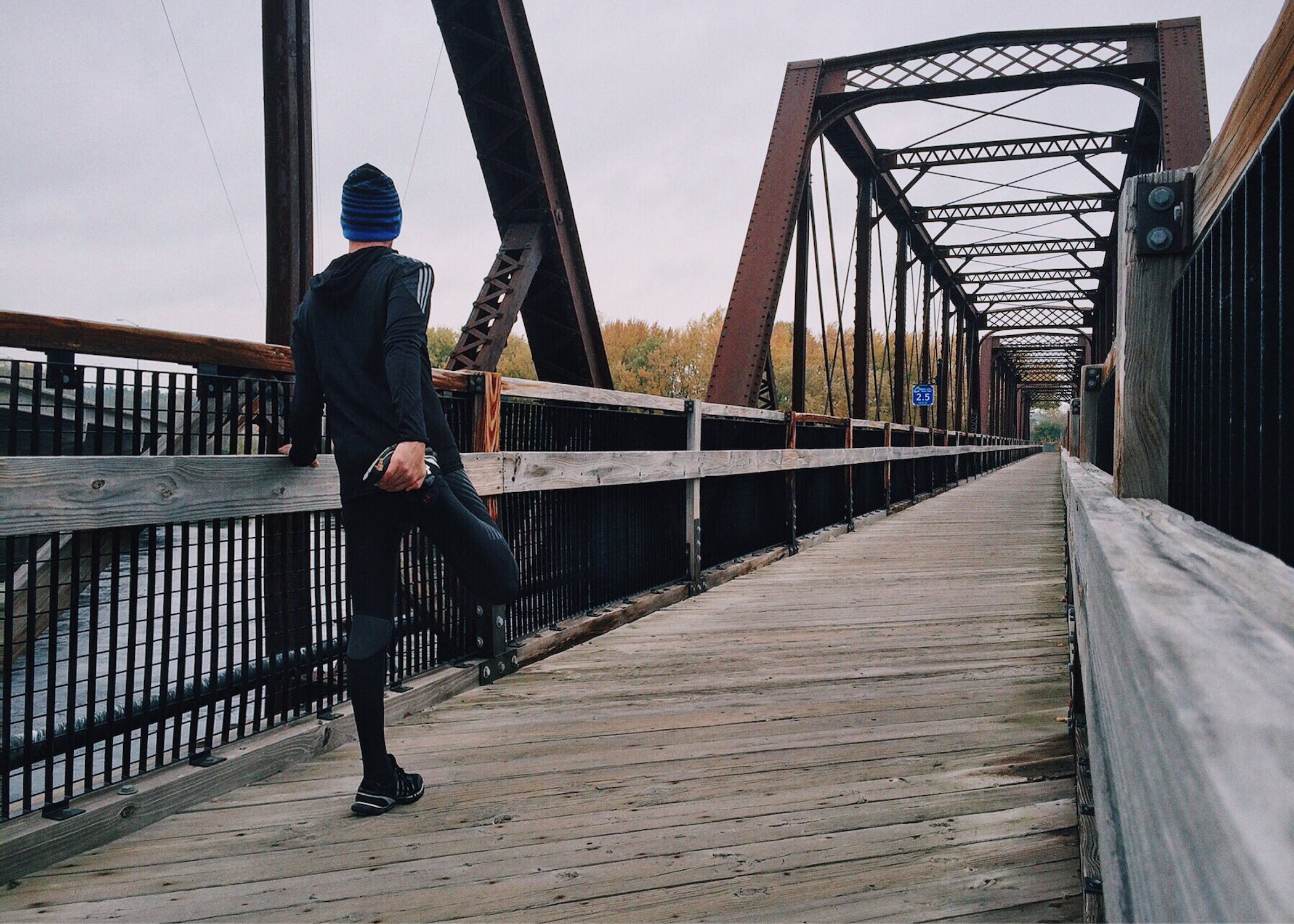Are you in the construction business and responsible for a team of roofers? Ensuring your employees are safe at all times when working at height is a health and safety requirement in many countries.
Roofing work requires someone to get onto the roof to perform repairs or maintenance. Fortunately, there are many ways you can keep your roofers safe whether it’s installing roof anchor points or making sure they’re properly kitted out for the job.
Read on to find out the six height safety tips for keeping your team of roofers safe whenever they’re doing their job at heights.
1. Kitting Roofers with Roof Safety Gear
Kitting your roofing team with the right gear will help keep them stable and safe whenever they’re doing height work. Such gear should include the following items:
- Traction footwear: This type of footwear ensures the roofer has adequate grip when walking across roofs, ascending steep roofing areas, or climbing ladders. These shoes prevent your roofer from sliding or slipping even under wet or icy conditions.
- Clothing: To stay cool and comfortable while facing all elements on the roof, your roofer should wear light but durable clothing. Light colors are always best for keeping the roofer cool and avoid polyester fabrics as these materials don’t breathe.
- Headgear: Head protection gear is necessary whether it’s in the form of a hard hat or a broad-brimmed hat to keep the sun off the roofer’s face and neck. While it’s not always necessary for a roofer to wear a hard hat it’s essential to assess the working environment before deciding.
Gloves, sunglasses, belts, and knee pads are all useful items for keeping your roofing team comfortable and safe while working on roofs.
2. Providing Roof Safety Harnesses
A fall protection harness is your roofer’s best asset when performing roof repairs and maintenance tasks. When used correctly, the roof safety harness prevents the roofer from falling from heights and suffering serious injuries. In countries such as Australia, legislation requires that all workers working at height need to be supplied with safety harnesses.
However, a safety harness is no good on its own and needs to be attached to a roof anchor to keep the roofer safe at all times.
3. Installing Roof Anchor Points
Roof anchor points should be installed for all roofing work. These anchors and harness fixing points guarantee your roofers are kept safe at all times when performing tasks at height. When installing roof anchors always bring in the experts. They’ll take the following considerations into account, so your height team’s health and safety needs are met at all times:
- The type of work being done so the right anchor points and fall arrest system is installed.
- The roof type such as the angle and roofing material namely concrete or steel shingles.
- How often roof repairs and maintenance tasks need to be performed.
Make sure you only use anchor points made with high-quality materials and that their design is suitable for the work being done.
4. Using Ladders Safely
Your roofing team may need ladders to ascend and descend roofs. Always make sure the ladders are constructed with high-quality materials and that no part of it is damaged before use. Ladders need to be placed onto the sturdy and level ground to ensure the roofer can climb it safely.
The ladder should also extend at least three rungs above the roof to give the roofer easy and safe access to the platform. Using a ladder can be hazardous and local regulations stipulate that all precautions must be taken to keep your employees safe whenever they use a ladder for height work.
5. Creating a Safe Working Environment
It’s essential your roofing team knows how to create a safe working environment. This includes not leaving tools lying around on the roof surface which can cause a team member to trip and fall. They also need to know what each team member is responsible for when working at heights.
Taping off the work area indicates to anyone working on the ground that height work is taking place. This prevents any injuries should something fall off the roof during repairs or maintenance work. Safety procedures also include having all the right tools before ascending the roof.
6. Providing Tools for Roofing Work
While this one may seem obvious, providing the right tools for roofing work is essential. Your roofer will be able to get the job done with minimal hassles. It also means they won’t have to keep going up and down whenever they’ve forgotten a specific tool, minimising the risk of falling with every climb.
A tool belt is a useful accessory for roofers, keeping all their tools close by without having to lug around a toolbox.
Final Words
The health and safety of your employees should be your priority and this extends to your roofing team. Height work is precarious and at times roofers have to contend with a range of hazardous working conditions. By making their safety your number one priority, your roofers will feel secure whenever performing roof repairs and maintenance.
Appeio is a tech enthusiast and gamer who loves to write about the latest news and trends in the industry. He has been writing for over 5 years and has published articles on a variety of websites, including TechCrunch, IGN, and GameSpot. He is passionate about sharing his knowledge with others and helping them stay up-to-date on the latest tech news. In his spare time, he enjoys playing video games, watching movies, and spending time with his family.














